A few short years back, some large Japanese global conglomerate poured its vast engineering resources into creating three components; the first, a D/A converter that would be the envy of all, one that decodes all known codecs, and performs at equivalent level as others’ flagship designs.
Then it turned its attention to the creation of one of the world’s finest preamplifiers, performing on par with competition costing over $10,000, equipping it to accept multiple XLR and RCA inputs, and arming it with one of, if not the most advanced and powerful phono cartridges loading and capacitance AI the world has ever seen. It then devised an elaborate A/D conversion engine and married the preamplification system to the D/A converter.
The company then pioneered the use of the most completely developed application of the latest amplification technology to date in the Gallium Nitride GaN-FET Driver amplification system, in creation of a reference stereo amplifier that outputs 150 watts per channel into 8 ohms, 300 into 4 ohms.
In a final move of incomprehensible proportions to both its fans and foes, the company fused this flagship DAC + reference phono preamplifier + reference power amplifier in an exquisite metallic sculpture of epic proportion, the production cost of which alone would bankrupt many others, and priced it not at $30,000, or $20,000, but just $10,000.
Stories will be made of it, songs sung in its honor and audiophile lore spoken of its existence, of the vision from whence this beautiful machine came.
The Technics reference class SU-R1000 integrated amplifier. Oh, never mind those huge meters.
The SU-R1000 is so well-built that if anything, my experience with the company’s 1980s SP-10 MK2A turntable, along with so many readers’ uses of it, tells me that the amplifier is built to exceptional standards and will last literally a lifetime. And in a testament to Japanese industrial finesse, I’m still enjoying some Japanese CD players I bought back in the eighties and onward.
I am unlikely to be reaching to say that Technics’ CEO one day said enough is enough and called the heads of salaried departments into his office, declared that the company is to mobilize its considerable in-house engineering and manufacturing infrastructure to create one of the world’s most advanced and beautiful integrated amplifier, which will bear the highest nomenclature of SU-R1000 in its lineup. This creation is to address the needs of the twenty-first century consumers, meld the elements from both the analog and digital realms, outputting such force with such finesse as to make its user proud, and features speaker terminals capable of accepting the world’s most substantial spade connectors, one that will sell 10,000 units at a price of $10,000 each and be worthy of the name Technics.
The resultant design flaunts two power meters housed in a widescreen on the lower front panel, underneath a large, jaw-droppingly gorgeous, round VOLUME knob. On the right is a digital display and a smaller INPUT selector knob; on the left, a headphones jack, power light and ON/OFF button. It features six digital inputs, namely two for Toslinks, two for coxials and two in USB 2.0, in addition to two pairs of analog RCA input, one pair of analog XLR, and RCA as well as XLR Phono inputs.
Technics promotes the SU-R1000, its latest reference class amplifier, not in the wattage produced but how pure a sound it can deliver. In fact, the company dispenses with considerable efforts in promoting its engineering corps’ latest thinking in record playback technology, employing a DSP-based Intelligent Phono EQ circuitry, which is consisted of three circuitries, namely the Accurate EQ Curve, the Crosstalk Canceller, and last not least, the Response Optimizer.
The first system of Accurate EQ Curve accomplishes the feat of a high-gain low-pass filter by first digitizing the incoming analog signals via a 32-bit 768kHz Asahi Kasei Microdevices AK5572EN A/D converter, which is capable of suppressing bit loss at the bottom-end via a 40dB low-pass filter in the analog realm, at the same time elevating signal-to-noise ratio of high frequencies in high accuracy. After that, the reconstituted analog signal is then sent to the Crosstalk Canceller that is tasked with creating a high precision sound of cartridge being used by playing a custom Technics LP that comes with the integrated amplifier and performs a reverse-correction through its own DSP engine to achieve “significant improvement of the crosstalk characteristic.”
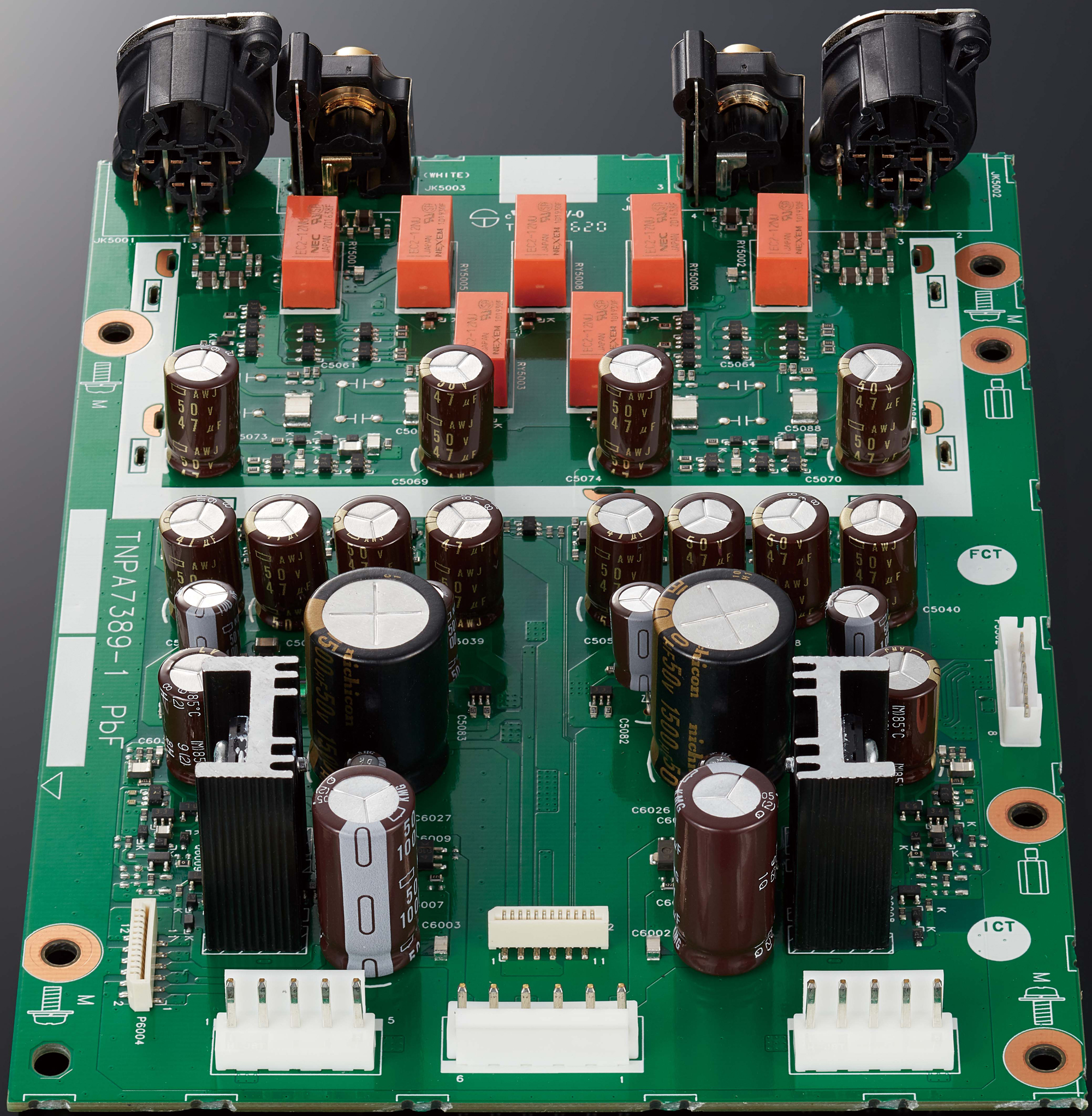
ANALOG IN: Phono XLR and RCA input board. Chocked full of audiophile-grade Nichicon capacitors and NEC relays.
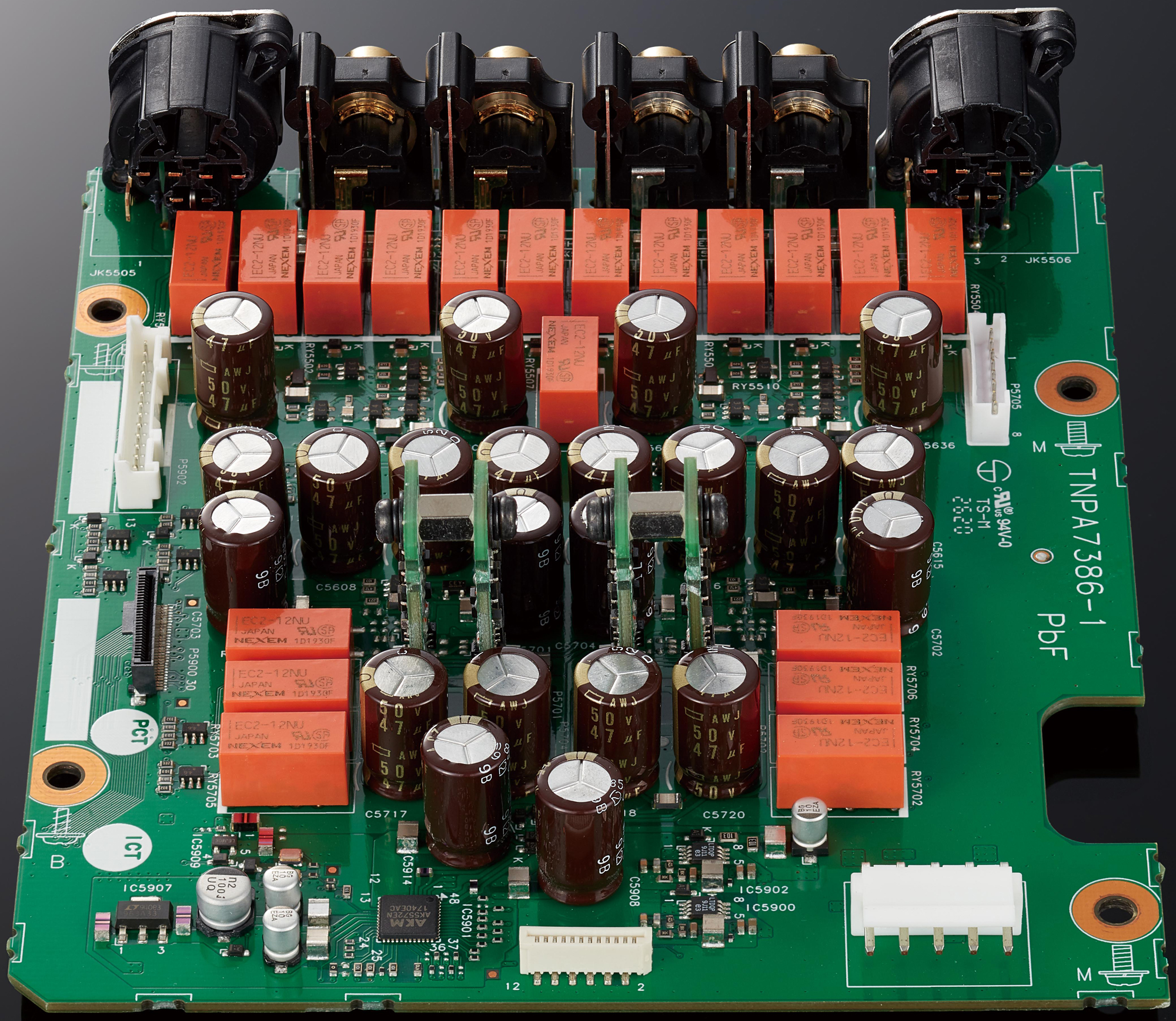
ANALOG IN: Line XLR and RCA inputs. Filled with Nichicon capacitors and even more NEC relays. This is for customers wanting to use his own line sources.
The last record playback process involves sending the now twice-processed analog signal through the Response Optimizer, which, by playing another imbedded signal named Time Stretched Pulse on the Technics LP, corrects impedance mismatching without resorting to the use of noisy, physical switches. Retrospectively, since Technics created the most celebrated turntable platforms in history, it follows that the company also places unprecedented emphasis on the reproduction of analog signal from its reference phono stage than any other competitors.
I heard no unnatural artifacts amidst all this algorithmic processing. Auditioning the $33,000 Audio Note UK IO Ltd field-coil cartridge system with the $25,000 AN-S9L SUT through the Technics’ MM loading, the cartridge system’s epical dynamic contrasting was preserved through the Technics, what with the complete elimination of interconnects between equipment and the total synergy. I would love to experience the Technics’ phono stage via all-analog circuits but the information throughput of the music in all its cleanliness and honesty is silencing. And I was using around $75,000 worth of A.R.T. Sensor Haute Couture speaker cables. Noteworthy is the fact that the Cartridge Optimizer can store up to three memory settings in individualized names among seven RIAA-default phono EQ curves.
After the LP playback assessment, everything else was straightforward. The Technics does not use off-shelf DAC chips like its contemporaries but a custom, discrete circuit for D/A conversion, an approach also favored by high-brow U.S. entities such as Bricasti Design, EMM Labs, PS Audio, etc. The main difference is, of course, the company’s ability to take advantage of its tremendous economies of scale and price the machine much lower than if it were produced by others.
Retrospectively, the Bricasti Design M21 DSD DAC at $16,000 houses one of the most distinguished R2R Ladder DAC systems I’ve heard to date. The DAC’s DSD processing along with the analog output stage really has no peers, but for the vast majority of us holding on to our dusty CD collections for dear life, the M21’s Ladder DAC still reigns supreme, albeit at a true premium.
But the initial intent of this review is to show how one can cast aside the struggling decision to whether spend $10,000 on a DAC, another $10,000 on a preamplifier, and another $10,000 for an amplifier and just get the Technics for a colossal upgrade at $10,000.
Which brings us to perhaps one of the most interesting aspects of the SU-R1000. It is not a class D amplifier but one utilizes the GaN-FET Driver technology, which, for the same real estate, switches on four-times faster than MOSFET, and switches off two-times faster, all while using less energy. And the 150 watts output specification into 8 ohms is no ordinary affair. It drove my 89 dB sensitive Sound Lab Majestic 945 into frenzies, and yet so whisperingly quiet as to compliment the 96 dB sensitive PureAudioProject Quintet15 Voxativ AC-X profoundly. One wonders what the integrated would sound like sans the Intelligent Phono EQ circuitry, and at 50% its current retail, for in its current form it is already fulfilling the promises of the highest performing power-DAC system as touted by various parties of the industry for as long as we can remember.
What really got me next, after all of the above, is the SU-R1000’s ability to function as a preamplifier only with the “PREAMP OUT” RCA, as well as a power amplifier with the “MAIN IN” RCA. This is sheer lunacy. “Our integrated amplifier will either be the one or none at all!” Then I got to watch the meters dance, whether in high-contrast internal lighting or dimmed, but seldom switched off. For I found the meters useful in assessing presence of signal while frankensteining my system, barring that I would’ve lost my sanity amidst all the operational options on the integrated. On more occasions than I care to remember, the loss of my head and mind while attempting to connect the Audio Note UK IO Ltd field-coil cartridge system, or the Aurender N200, or the Bricasti Design M20 preamplifier, or the M28 monoblocks, myself buried under heavy cables, was averted by the assuring sight of the dancing needles.
Then, there are the tone controls! Set at the frequencies of 100 Hz, 1,000 Hz and 10,000 Hz, the BASS, MIDRANGE and TREBLE adjustments were performed digitally and incurred no loss of fidelity that I could observe through the vast Sound Lab panels or the sensitive 7-inch field-coil full-range driver of the PureAudioProject. I would love to see user-adjustable frequencies, but it was nonetheless gratifying to know I wouldn’t need to hesitate using it.
Underlining all the sections of the integrated are technologies named Enhanced JENO Engine, ASSPS High-Speed Low-Noise Power Supply, ADCT Active Distortion Cancelling Technology, etc. Readers are encouraged to read about them on Technics’ detailed website.
The SU-R1000 reflects the latest thinking in the collective minds of the Technics engineering corps, after the SU-R1 reference control preamplifier and the SE-R1 reference stereo amplifier of 2015, which in turn reflects the most evolved perspectives in today’s high-end audio industry. For $9,999.95, we get a reference-caliber phono stage, a reference DAC and a reference class stereo power amplifier in one darling of a chassis, which incidentally outputs 300 immaculate watts into 4 Ohms.
Retrospectively, if you can afford the $48,000 Pass Laboratories Xs Phono, or the $27,000 Audio Note UK M6 Phono preamplifier, or the $12,000 Bricasti Design M20 preamplifier, by all means enjoy your life and get the toys. Or you can also get the Technics SU-R1000, for it is a true reference caliber integrated amplifier, which brings us to the secondary and final intent of this review. Thanks to the SU-R1000’s class-leading sound and functional flexibility, the machine is meant to accompany us on our ongoing audio explorations.
Notes:
The following is a step-by-step instructions from Bill Voss of Technics USA on using the Intelligent Phono EQ system:
- To clear/reset any existing or newly created settings like LAPC/Phono calibrations, tone controls settings, etc, please select INITIATE which is deep in the menu. It will turn off & back on briefly return to factory settings. You can do the same to erase any of your settings, streaming passwords, etc.
- Before listening, please run LAPC from remote once you have speakers connected and in final listening position. It takes about 90 sec. Just hold down the button till you hear the test tones. Orange light will indicate completion as well as something in the GUI. You can hit the LAPC button quickly to turn off and on for comparison. Low latency mode is for use with digital sources like a blu-ray player or TV. LAPC turns off if you are using REC OUT but will remind you to turn on again on playback, no need to ever re-run unless you move speakers, change placement or maybe if you change wires.
- For phono calibration test LP – please remember there are 2 bands of test material on each side and they are all the same. The familiar lead-in groove takes a bit longer to move across the record so please have patience. Carefully cue and drop the stylus to start the calibration.
- Laptop via PC Inputs require Technics Driver Software:https://www.technics.com/support/downloads/pc-app/index.html
- PC1/PC2 – with MQA set to ON in AMP, MQA/MQA STUDIO is completely unfolded/confirmed from ST-G30 or LAPTOP from HDD files, TIDAL or Roon.
- Although we are not listed as Roon “Ready” or “Tested” their player & app seem to work effectively with our SU-R1000 and SU-G700 amplifiers. If using Roon, enable the Technics USB Audio or ASIO USB driver as Decoder in Roon to decode/unfold the MQA files properly. GUI in amp will confirm.
- EnableTechnics ASIO in Roon to playback DSD in NATIVE mode, GUI on AMP will confirm. If Technics USB audio is enabled, GUI will indicate LPCM DoP.
Review System:
Acoustic Sciences Corporation TubeTraps
Audience AV frontROW RCA cables
Audio Reference Technology Analysts EVO RCA
Audio Reference Technology Analysts SE interconnects, power cables
Audio Reference Technology Super SE interconnects, power cables
Stage III Concepts Ckahron XLR interconnects
Audio Note IO Ltd field-coil cartridge system
Audio Note UK AN-1S six-wire tonearm for IO Ltd
Technics SP-10 MK2A turntable
Audio Desk Systeme Ultrasonic Vinyl Cleaner
Bricasti Design M20 Preamplifier
PureAudioProect Quintet15 Voxativ AC-X open-baffle field-coil speaker system
First Watt SIT-1 monoblocks
First Watt SIT-2 stereo amplifier
Pass Laboratories Xs Phono
Pass Laboratories Xs Preamp
Pass Laboratories XA200.8 pure class A monoblocks
Bricasti Design M28 class A/AB monoblocks
Sound Lab Majestic 645 electrostatic panels
- (Page 1 of 1)


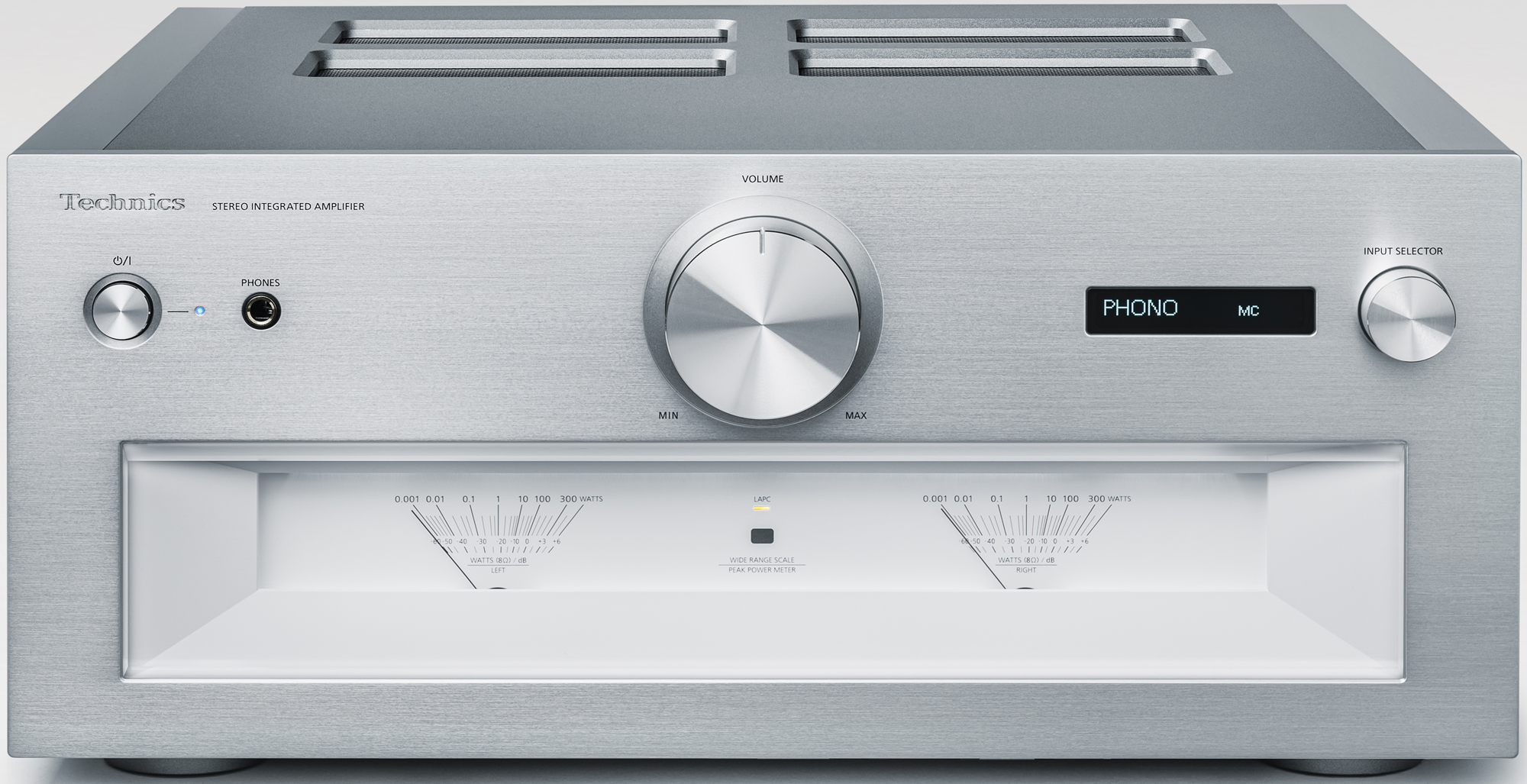



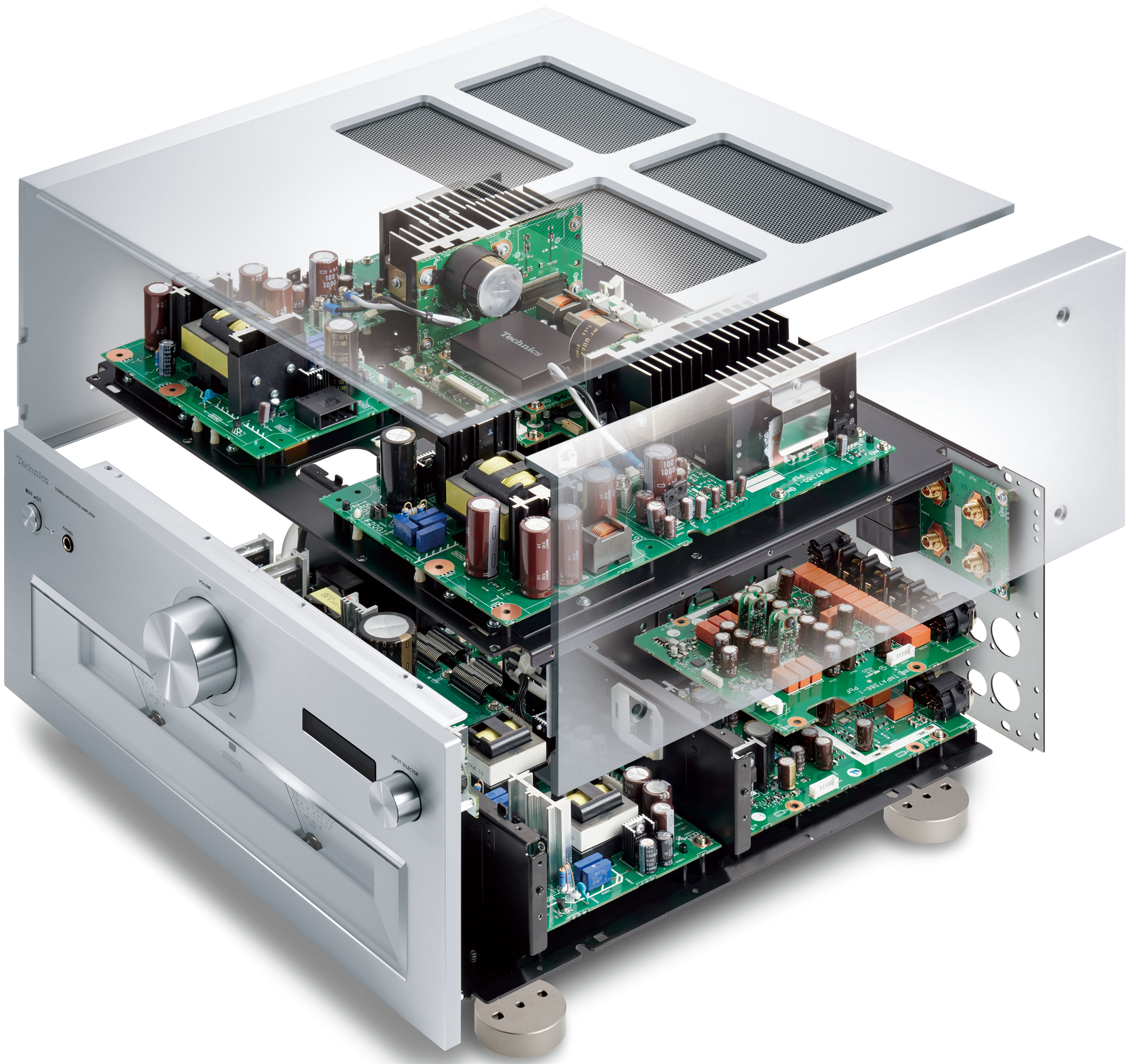
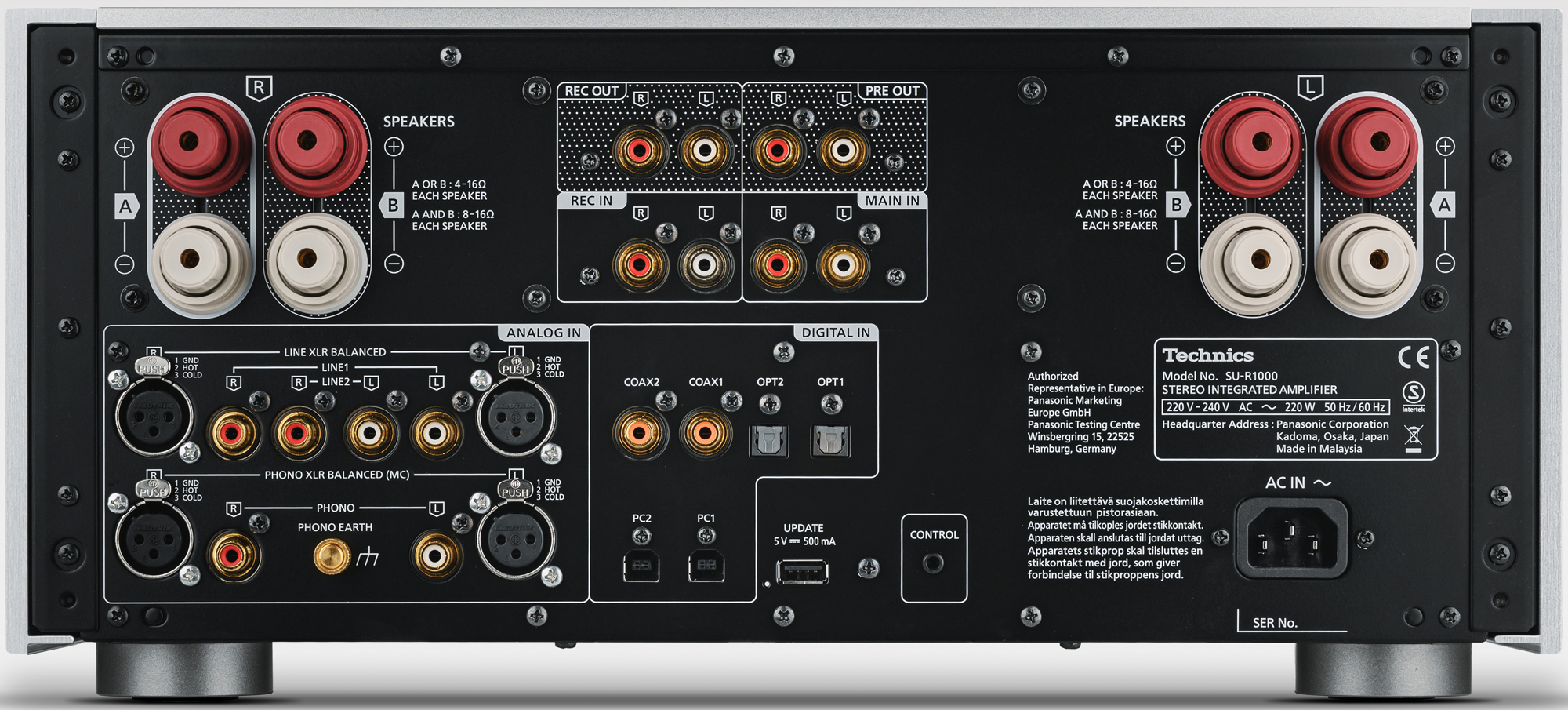
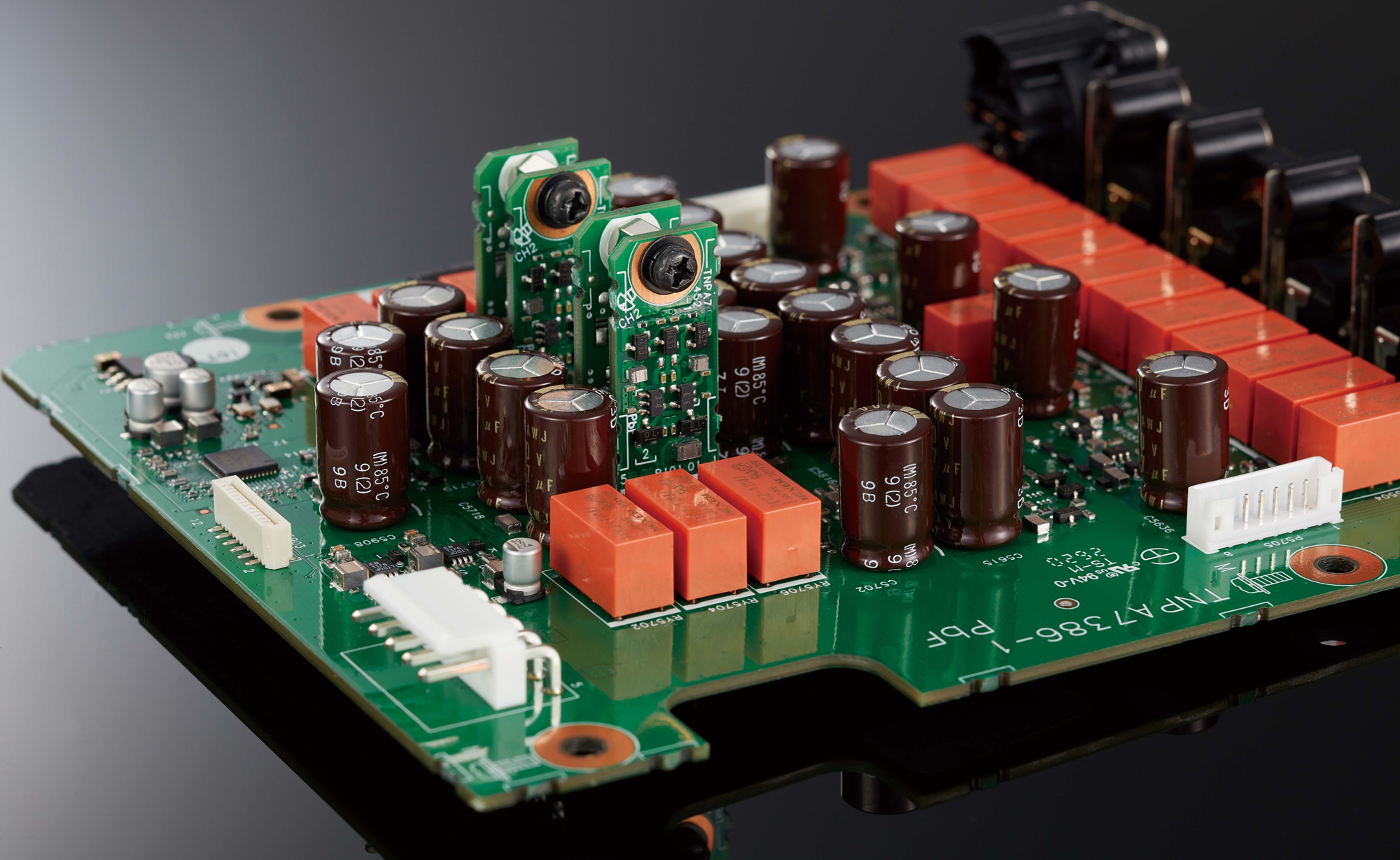
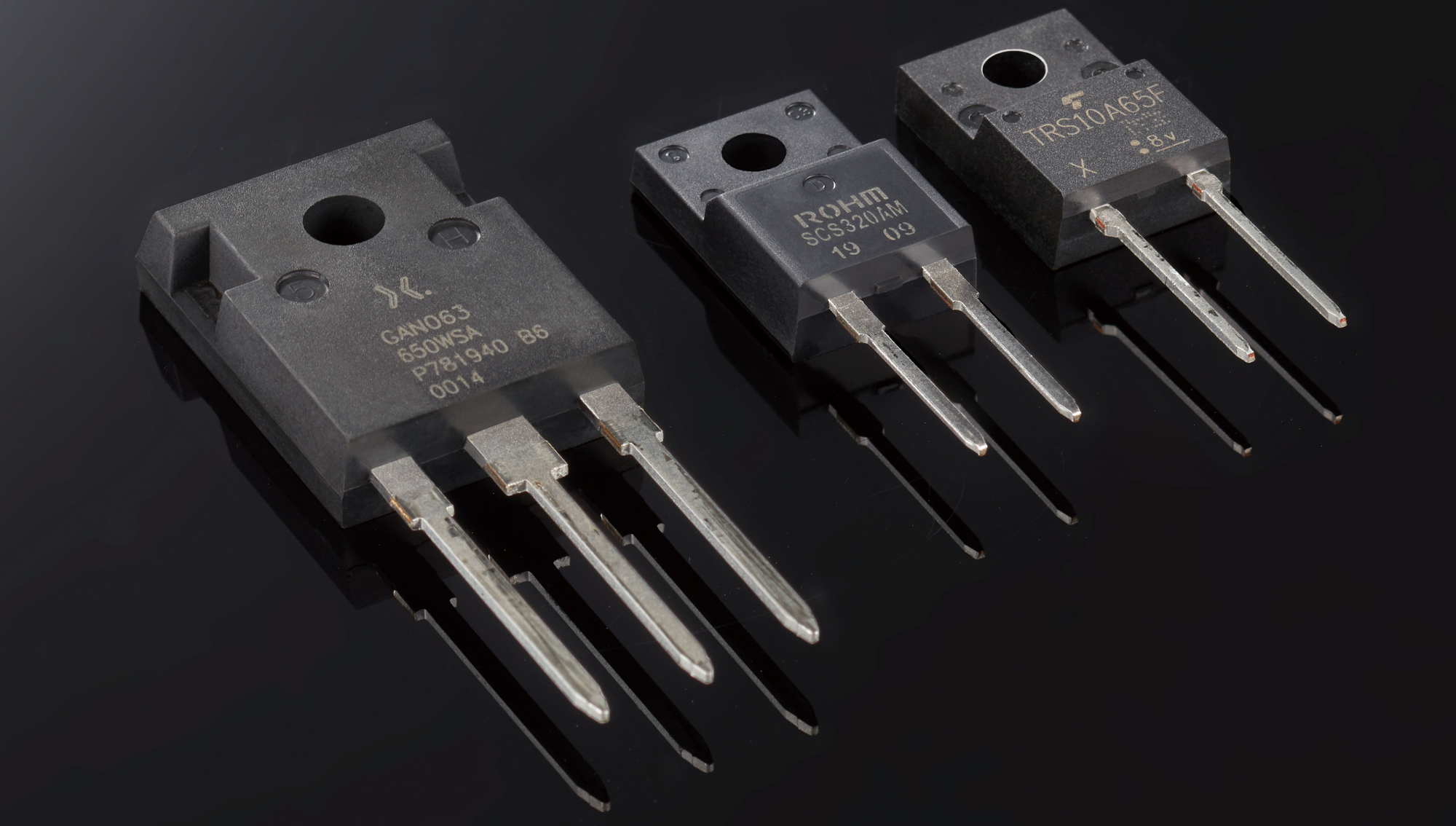
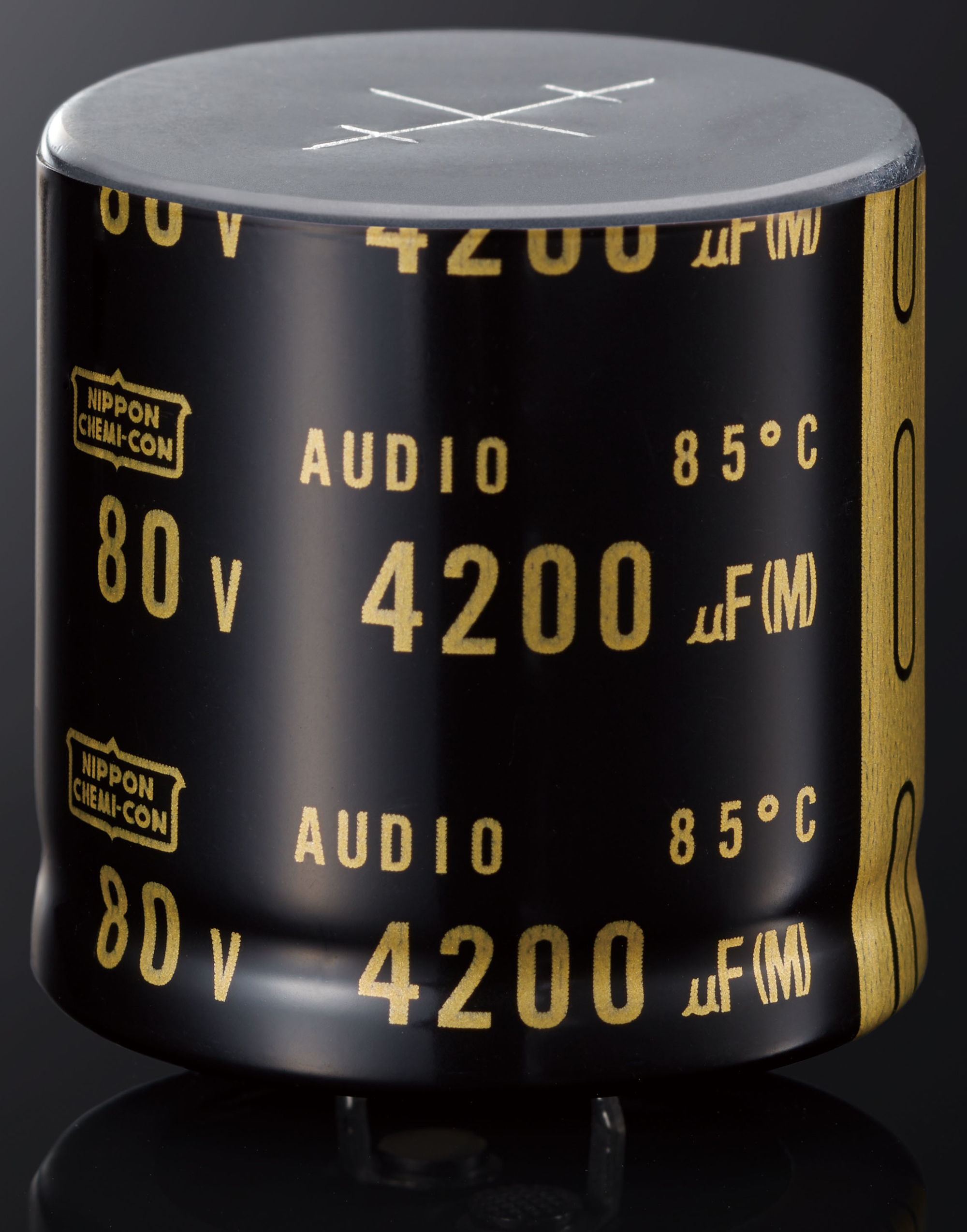
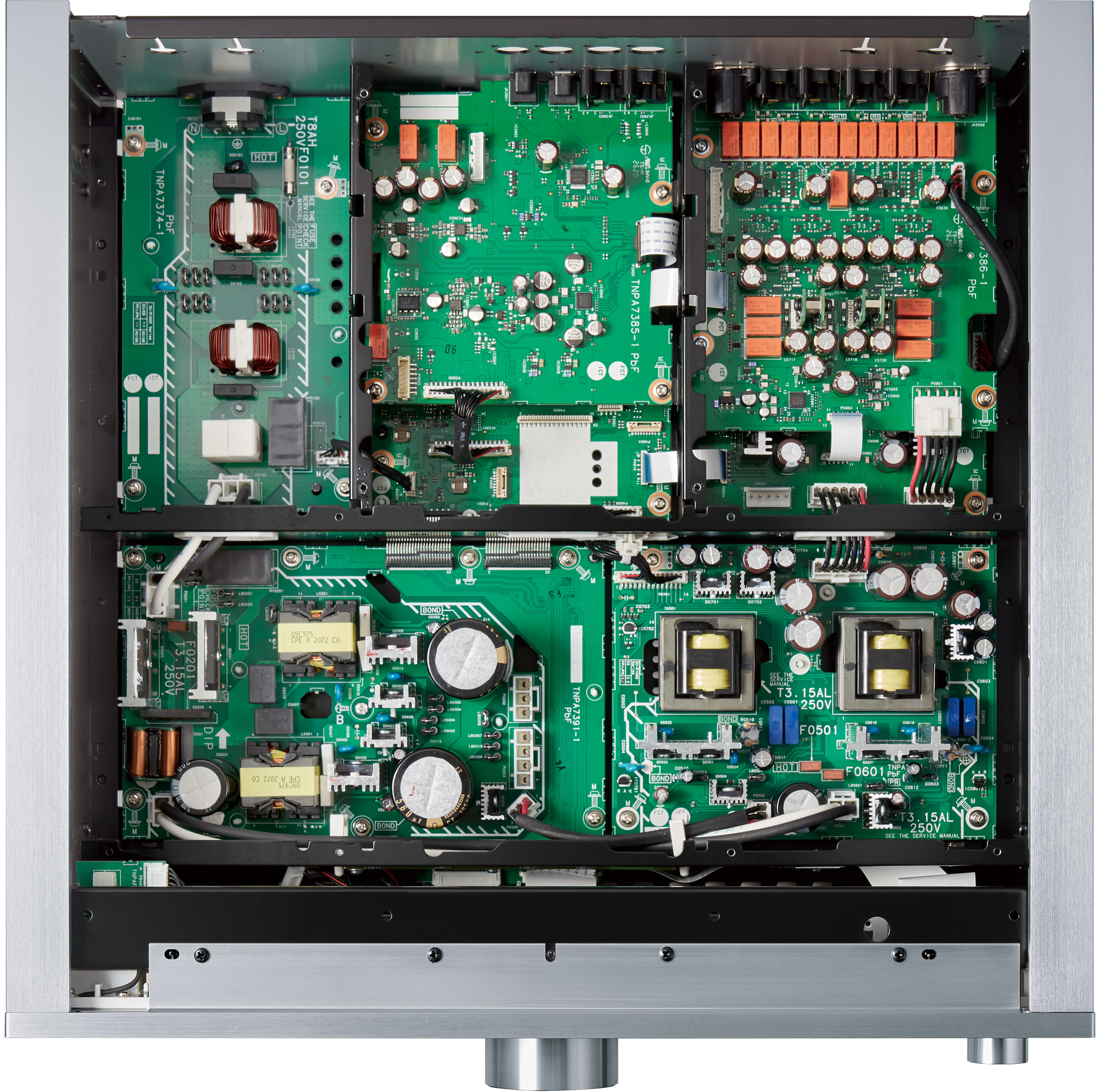
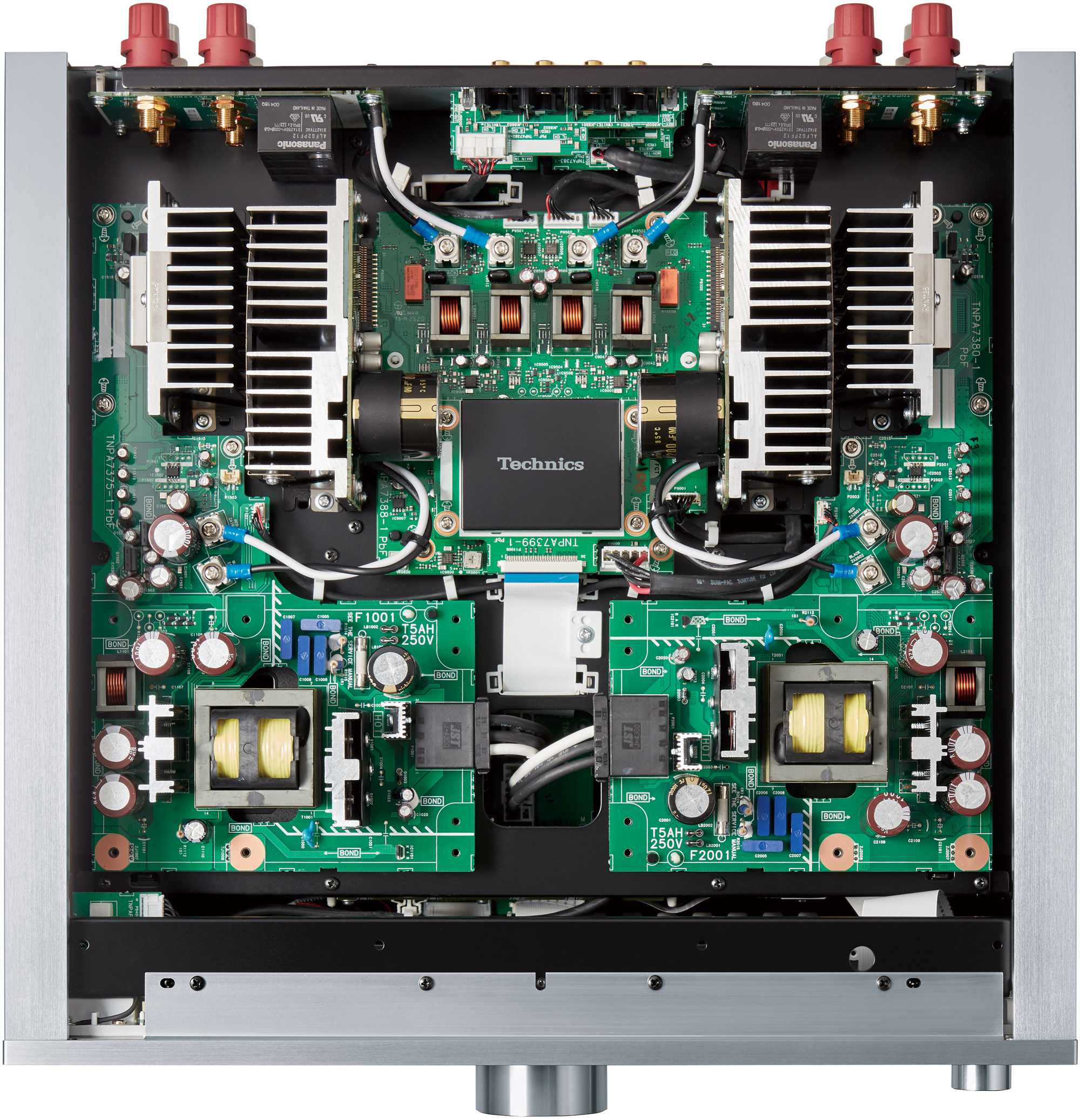
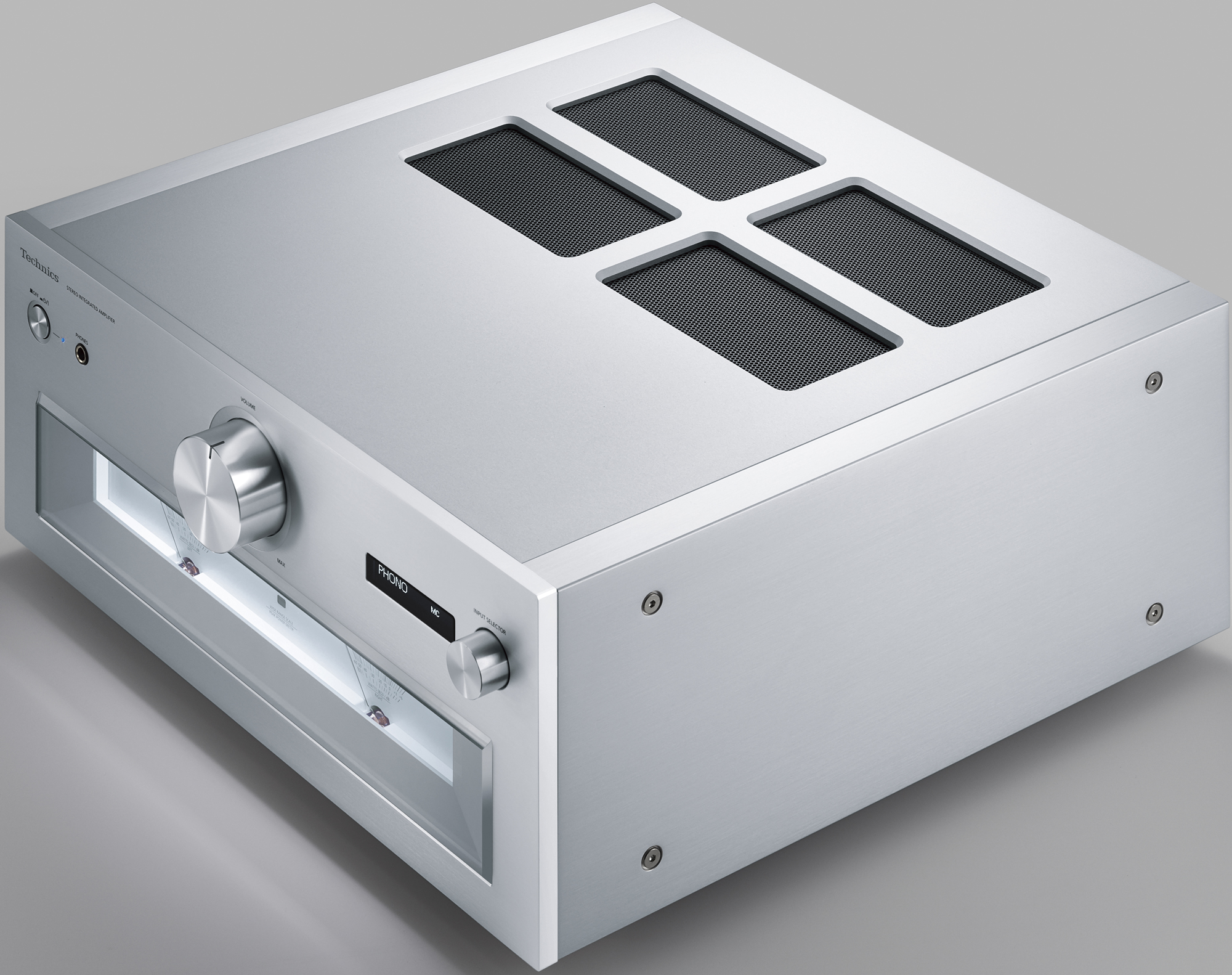
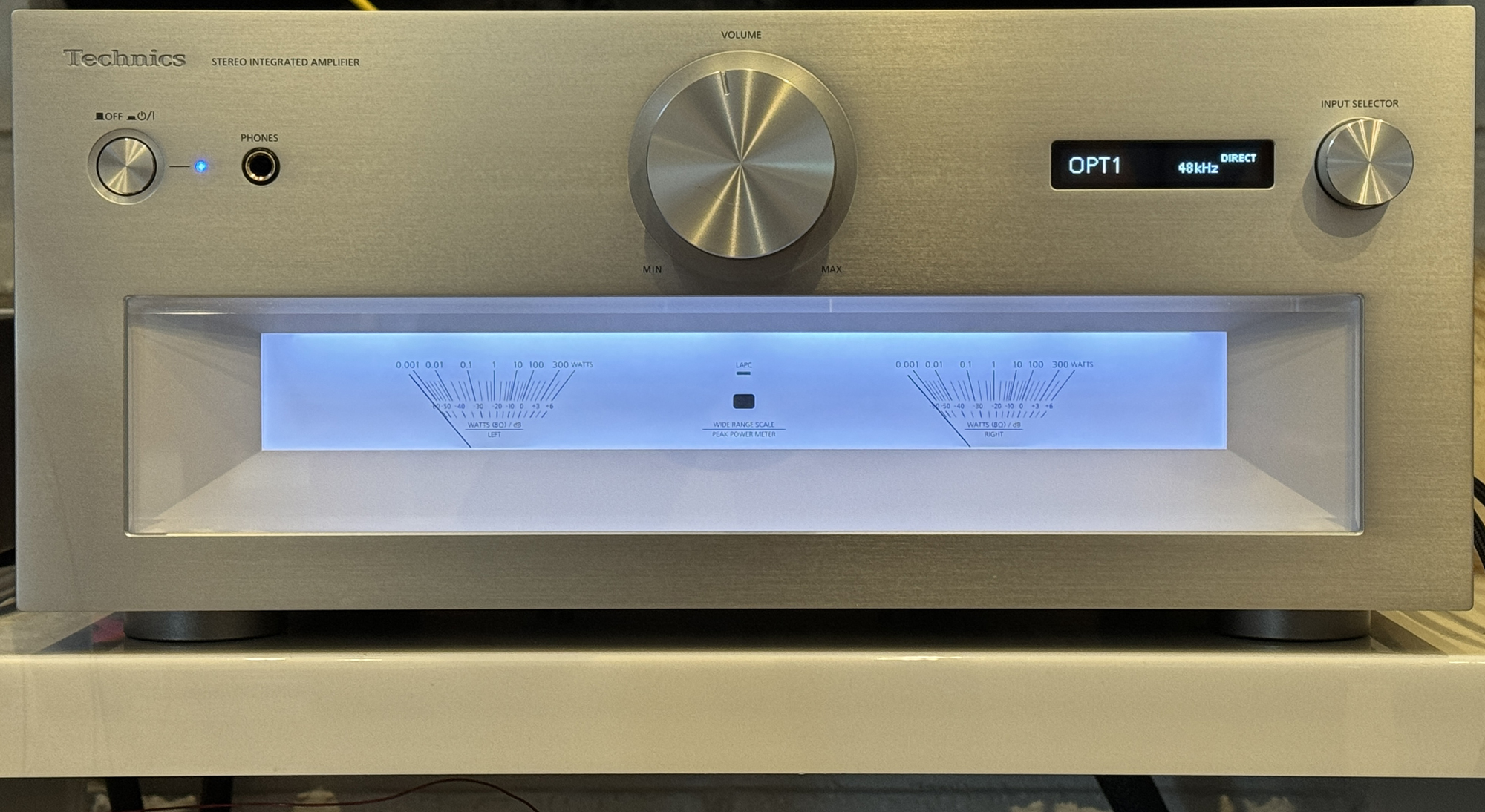
Strange that a piece of equipment that converts all inputs to high resolution digital, does not allow the converted data to be sent out via USB for archiving in a NAS.